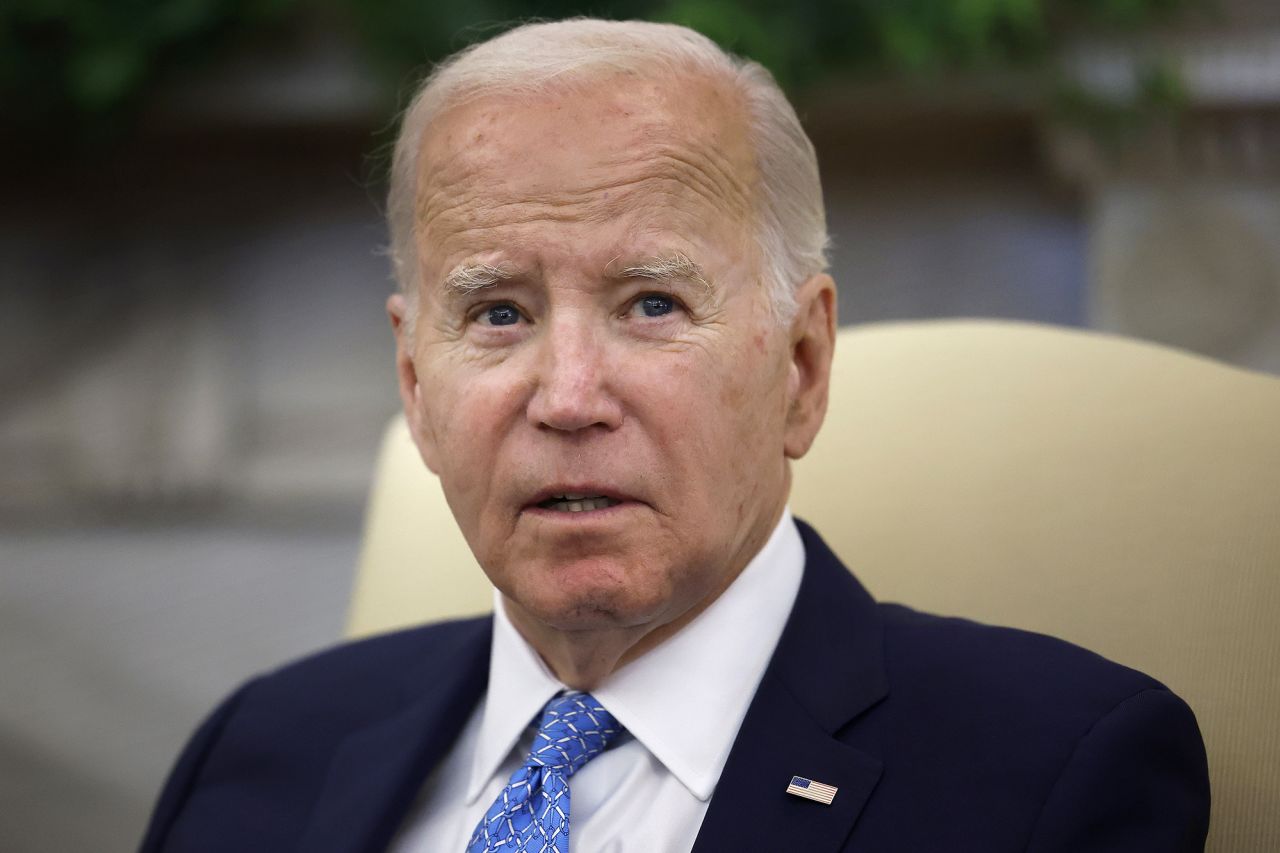What you need to know
• Outgoing US President Joe Biden has authorized Ukraine to use powerful long-range American weapons inside Russia, according to two US officials familiar with the decision.
• The decision comes as thousands of North Korean troops deploy in support of Moscow’s war effort, sparking concern from Biden and his advisers that their entry could lead to a dangerous new phase in the war.
• The Kremlin responded by saying that the move shows that the Biden administration wants to “throw oil on the fire” of the conflict, while Ukrainian leader Volodymyr Zelensky said that the “missiles will speak for themselves.”
• Biden’s authorization came after one of Moscow’s largest aerial attacks on Ukraine in months. At least eight people have been killed after a Russian missile attack on the southern city of Odesa, officials said Monday. Meanwhile, Ukraine said Russia suffered its highest number of weekly losses last week.























